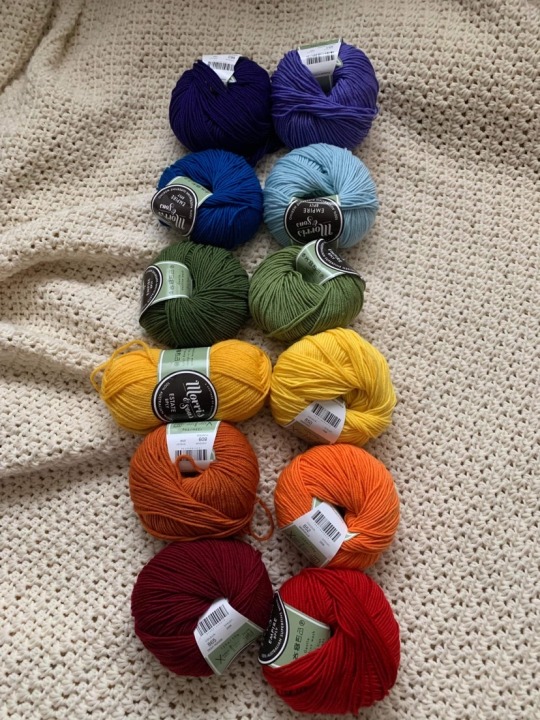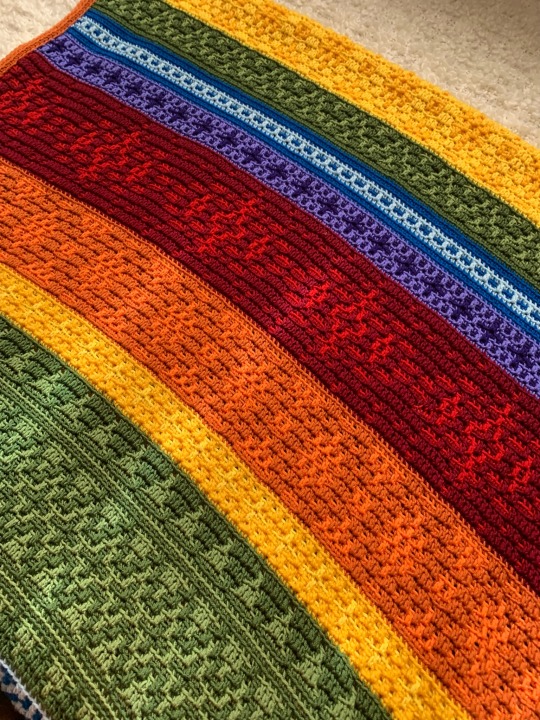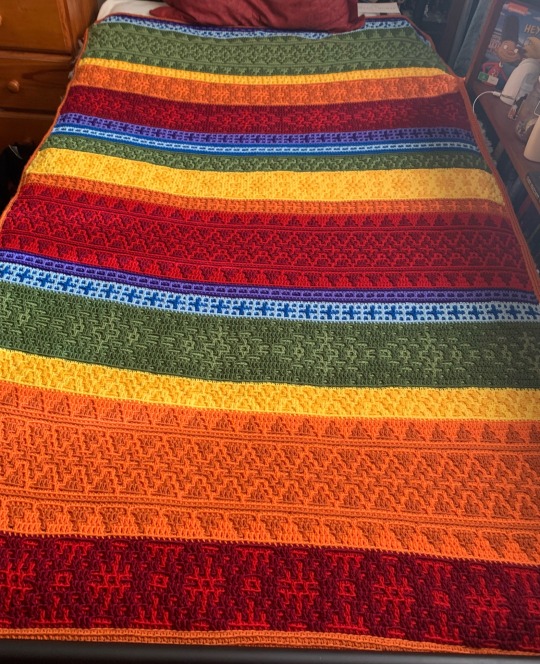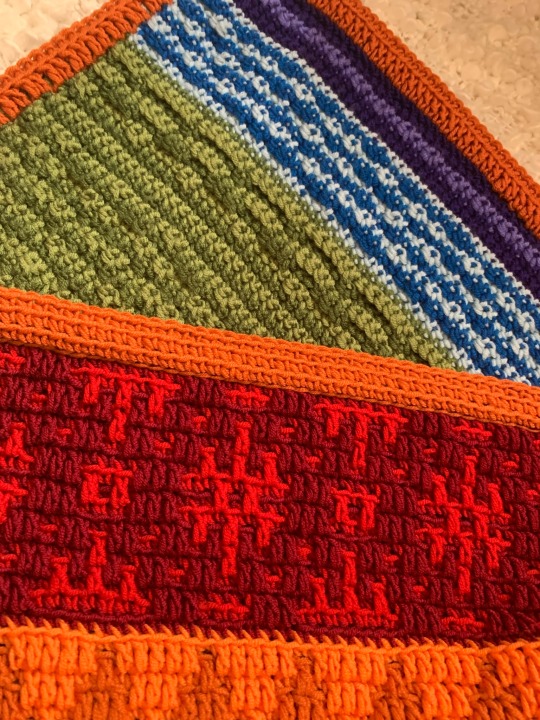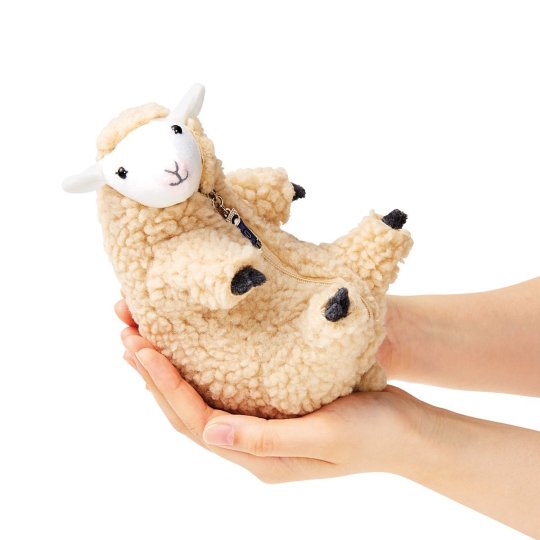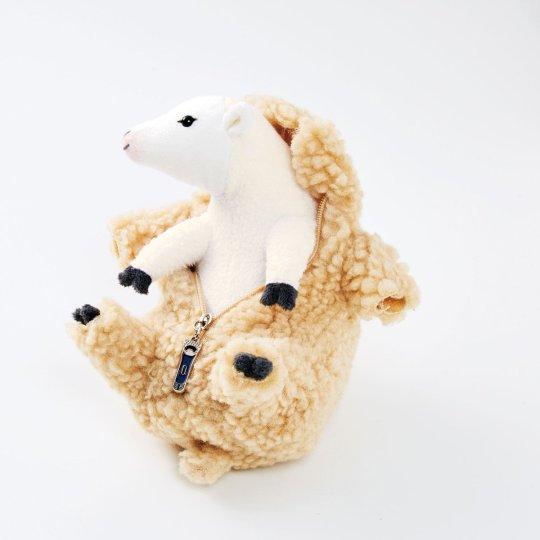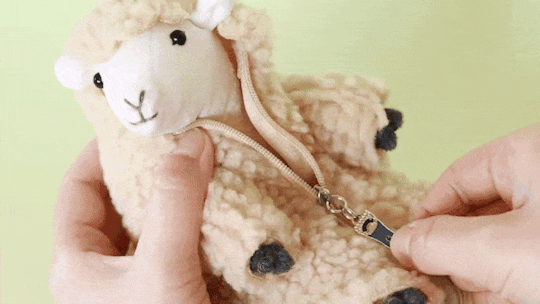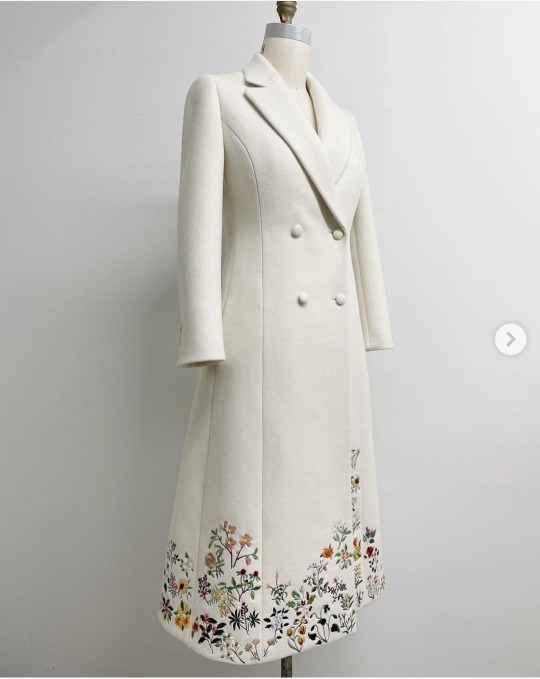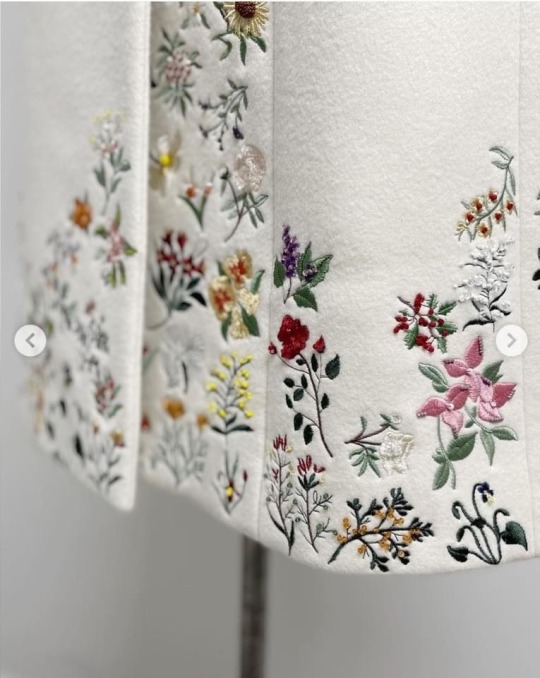Text
One of the funniest things about enemies-to-lovers ships is how they’re almost always obsessed with each other. Like if a character actively chooses to interact with another character over and over again instead of simply ignoring them? Throw darts at it all you want, but you still printed out a picture of them to hang on your wall
91K notes
·
View notes
Text
I made a bunch of dried citrus garland and ornaments this year, and if you’re looking for low-budget high-impact gift ideas for the holiday season, I cannot recommend this enough. I have had nearly all of my aunts reach out to ask me for these already.
All you do is take oranges (and grapefruit, in my case, but you could use any citrus fruit, lemon and limes included. You could also do slices of apple or other fruits, but they don’t dry as pretty) and cut them into slim, even slices. Blot the slices as dry as you can get them with paper towel, then lay them flat on drying racks, if you have them, or cookie sheets if you don’t. The cookie sheets will take longer, but will probably produce flatter slices at the end. If you want to, you can take cloves and push them into the slices before you dry them; the oranges should contract around them and hold them in place.
Put these into the oven at 200-220 degrees F (93 C), and bake for at least 4 hours. Check them hourly; it may take up to 7 hours, depending on the thickness of your slices and oven air circulation. Take them out when they no longer feel wet or sticky to the touch.
A 5 lb bag of navel oranges was enough to garland most of this tree. All you need for that is a thick needle and some string (DMC embroidery floss works well, and is less than a dollar a skein at walmart and other chain stores). You just tie off the first orange, and then use the needle to go in and out each slice near the edges. If you’re making ornaments, check your local dollar store for bits of ribbon, jingle bells, beads or whatever else seems good to you. A hot glue gun is helpful but not necessary; all the ornaments here are just tied together.
I have plenty of herbs drying in my cupboard, so I also used some sprigs of rosemary and lavender, plus cinnamon sticks, cloves, and allspice. Rosemary is easy to find as live plants in the grocery section, and you can trim some off without killing the plant (and then you have i n f i n i t e r o s e m a r y). Get creative!
These smell fantastic, and should last multiple seasons if they’re dried allll the way and stored in airtight containers. (I chucked some of the odd bits into my mulling spices, which is lovely.) They’re a very old method of decorating and look beautiful even when they’re not perfect. If you’ve made these before, I’d love to see what you made!



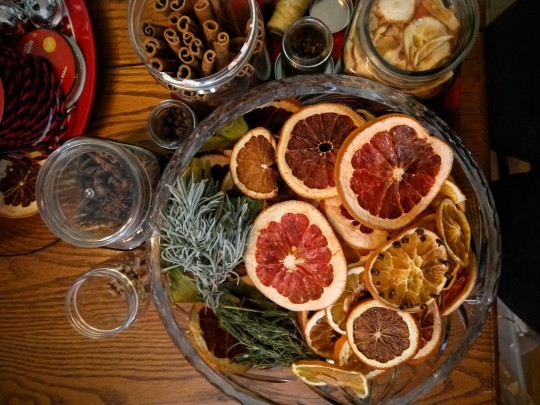
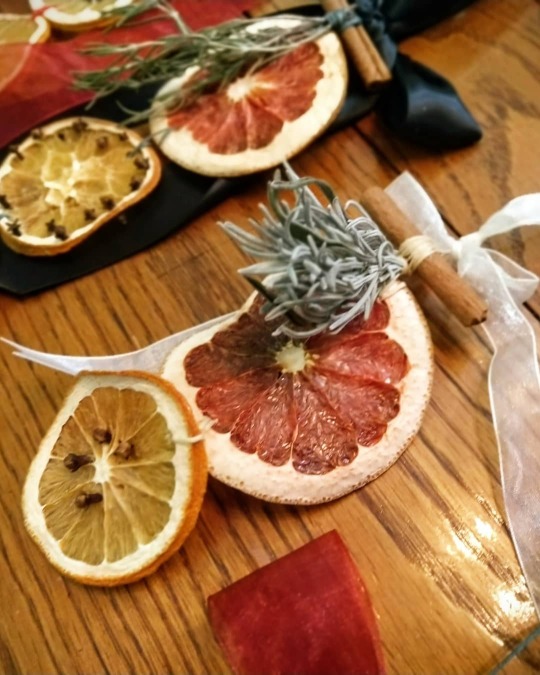





8K notes
·
View notes
Video
ways to tie knots on pendants and keychains
67K notes
·
View notes
Text
yall know that post with all of those absolutely stunning crochet flowers? well i just bought a pattern from the shop those are from and Good Fucking Lord.
I was expecting a like a Chart or two, maybe some written instructions. not Seventy Seven full color pages for One type of rose.
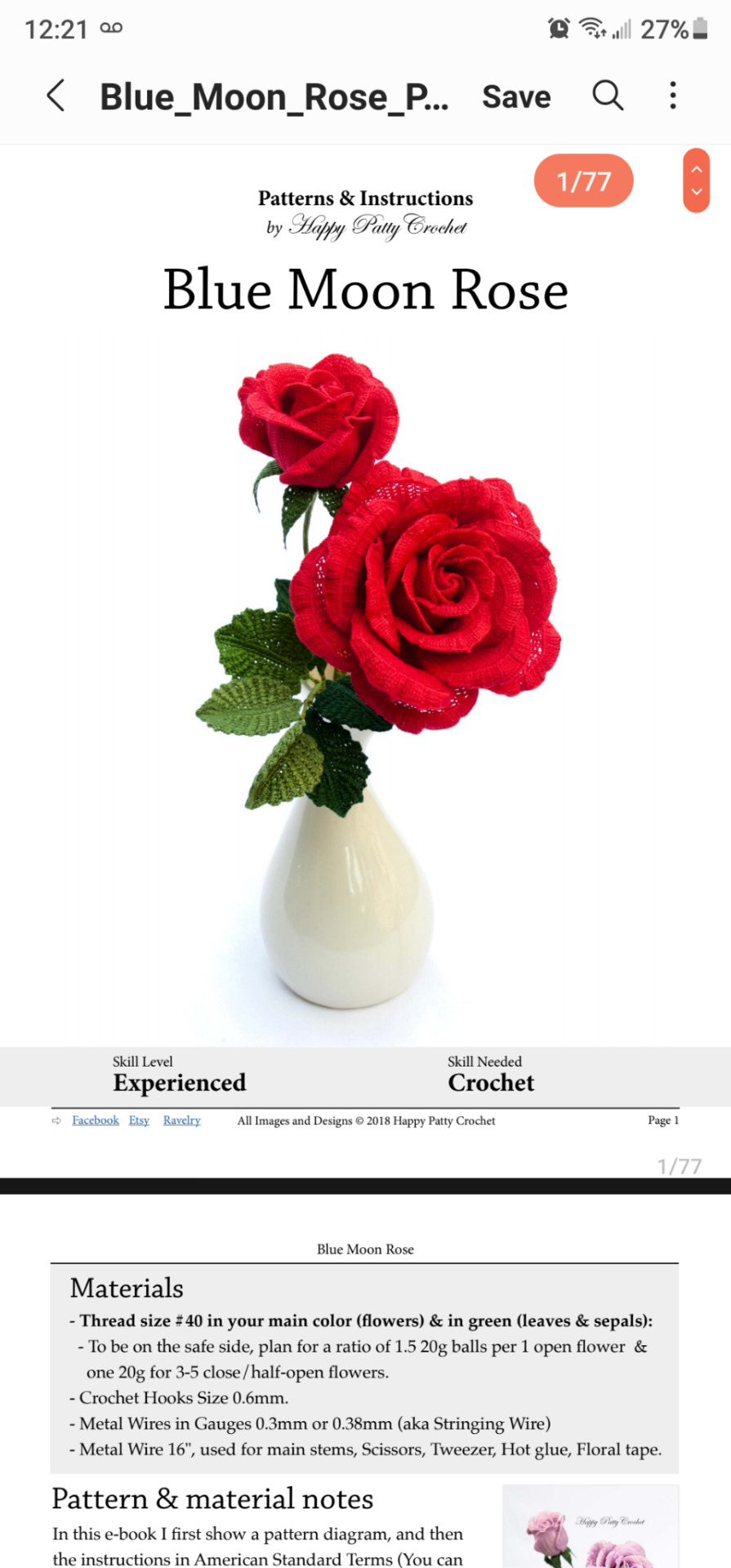




this was like 8 bucks???? obviously i did some redacting but Good Lord. if you are even a little bit into crochet go throw money at this absolute Mad woman its Definitely worth it.
39K notes
·
View notes
Text
“...A lone woman could, if she spun in almost every spare minute of her day, on her own keep a small family clothed in minimum comfort (and we know they did that). Adding a second spinner – even if they were less efficient (like a young girl just learning the craft or an older woman who has lost some dexterity in her hands) could push the household further into the ‘comfort’ margin, and we have to imagine that most of that added textile production would be consumed by the family (because people like having nice clothes!).
At the same time, that rate of production is high enough that a household which found itself bereft of (male) farmers (for instance due to a draft or military mortality) might well be able to patch the temporary hole in the family finances by dropping its textile consumption down to that minimum and selling or trading away the excess, for which there seems to have always been demand. ...Consequently, the line between women spinning for their own household and women spinning for the market often must have been merely a function of the financial situation of the family and the balance of clothing requirements to spinners in the household unit (much the same way agricultural surplus functioned).
Moreover, spinning absolutely dominates production time (again, around 85% of all of the labor-time, a ratio that the spinning wheel and the horizontal loom together don’t really change). This is actually quite handy, in a way, as we’ll see, because spinning (at least with a distaff) could be a mobile activity; a spinner could carry their spindle and distaff with them and set up almost anywhere, making use of small scraps of time here or there.
On the flip side, the labor demands here are high enough prior to the advent of better spinning and weaving technology in the Late Middle Ages (read: the spinning wheel, which is the truly revolutionary labor-saving device here) that most women would be spinning functionally all of the time, a constant background activity begun and carried out whenever they weren’t required to be actively moving around in order to fulfill a very real subsistence need for clothing in climates that humans are not particularly well adapted to naturally. The work of the spinner was every bit as important for maintaining the household as the work of the farmer and frankly students of history ought to see the two jobs as necessary and equal mirrors of each other.
At the same time, just as all farmers were not free, so all spinners were not free. It is abundantly clear that among the many tasks assigned to enslaved women within ancient households. Xenophon lists training the enslaved women of the household in wool-working as one of the duties of a good wife (Xen. Oik. 7.41). ...Columella also emphasizes that the vilica ought to be continually rotating between the spinners, weavers, cooks, cowsheds, pens and sickrooms, making use of the mobility that the distaff offered while her enslaved husband was out in the fields supervising the agricultural labor (of course, as with the bit of Xenophon above, the same sort of behavior would have been expected of the free wife as mistress of her own household).
...Consequently spinning and weaving were tasks that might be shared between both relatively elite women and far poorer and even enslaved women, though we should be sure not to take this too far. Doubtless it was a rather more pleasant experience to be the wealthy woman supervising enslaved or hired hands working wool in a large household than it was to be one of those enslaved women, or the wife of a very poor farmer desperately spinning to keep the farm afloat and the family fed. The poor woman spinner – who spins because she lacks a male wage-earner to support her – is a fixture of late medieval and early modern European society and (as J.S. Lee’s wage data makes clear; spinners were not paid well) must have also had quite a rough time of things.
It is difficult to overstate the importance of household textile production in the shaping of pre-modern gender roles. It infiltrates our language even today; a matrilineal line in a family is sometimes called a ‘distaff line,’ the female half of a male-female gendered pair is sometimes the ‘distaff counterpart’ for the same reason. Women who do not marry are sometimes still called ‘spinsters’ on the assumption that an unmarried woman would have to support herself by spinning and selling yarn (I’m not endorsing these usages, merely noting they exist).
E.W. Barber (Women’s Work, 29-41) suggests that this division of labor, which holds across a wide variety of societies was a product of the demands of the one necessarily gendered task in pre-modern societies: child-rearing. Barber notes that tasks compatible with the demands of keeping track of small children are those which do not require total attention (at least when full proficiency is reached; spinning is not exactly an easy task, but a skilled spinner can very easily spin while watching someone else and talking to a third person), can easily be interrupted, is not dangerous, can be easily moved, but do not require travel far from home; as Barber is quick to note, producing textiles (and spinning in particular) fill all of these requirements perfectly and that “the only other occupation that fits the criteria even half so well is that of preparing the daily food” which of course was also a female-gendered activity in most ancient societies. Barber thus essentially argues that it was the close coincidence of the demands of textile-production and child-rearing which led to the dominant paradigm where this work was ‘women’s work’ as per her title.
(There is some irony that while the men of patriarchal societies of antiquity – which is to say effectively all of the societies of antiquity – tended to see the gendered division of labor as a consequence of male superiority, it is in fact male incapability, particularly the male inability to nurse an infant, which structured the gendered division of labor in pre-modern societies, until the steady march of technology rendered the division itself obsolete. Also, and Barber points this out, citing Judith Brown, we should see this is a question about ability rather than reliance, just as some men did spin, weave and sew (again, often in a commercial capacity), so too did some women farm, gather or hunt. It is only the very rare and quite stupid person who will starve or freeze merely to adhere to gender roles and even then gender roles were often much more plastic in practice than stereotypes make them seem.)
Spinning became a central motif in many societies for ideal womanhood. Of course one foot of the fundament of Greek literature stands on the Odyssey, where Penelope’s defining act of arete is the clever weaving and unweaving of a burial shroud to deceive the suitors, but examples do not stop there. Lucretia, one of the key figures in the Roman legends concerning the foundation of the Republic, is marked out as outstanding among women because, when a group of aristocrats sneak home to try to settle a bet over who has the best wife, she is patiently spinning late into the night (with the enslaved women of her house working around her; often they get translated as ‘maids’ in a bit of bowdlerization. Any time you see ‘maids’ in the translation of a Greek or Roman text referring to household workers, it is usually quite safe to assume they are enslaved women) while the other women are out drinking (Liv. 1.57). This display of virtue causes the prince Sextus Tarquinius to form designs on Lucretia (which, being virtuous, she refuses), setting in motion the chain of crime and vengeance which will overthrow Rome’s monarchy. The purpose of Lucretia’s wool-working in the story is to establish her supreme virtue as the perfect aristocratic wife.
...For myself, I find that students can fairly readily understand the centrality of farming in everyday life in the pre-modern world, but are slower to grasp spinning and weaving (often tacitly assuming that women were effectively idle, or generically ‘homemaking’ in ways that precluded production). And students cannot be faulted for this – they generally aren’t confronted with this reality in classes or in popular culture. ...Even more than farming or blacksmithing, this is an economic and household activity that is rendered invisible in the popular imagination of the past, even as (as you can see from the artwork in this post) it was a dominant visual motif for representing the work of women for centuries.”
- Bret Devereaux, “Clothing, How Did They Make It? Part III: Spin Me Right Round…”
9K notes
·
View notes
Text
I’m not sure how my moss rug post blew up on here but I’m so happy you guys like it!!!! Here’s a little tiktok 😎🌿
44K notes
·
View notes
Text
Hey i’m a fashion design student so i have tons and tons of pdfs and docs with basic sewing techniques, pattern how-tos, and resources for fabric and trims. I’ve compiled it all into a shareable folder for anyone who wants to look into sewing and making their own clothing. I’ll be adding to this folder whenever i come across new resources
https://drive.google.com/drive/folders/16uhmMb8kE4P_vOSycr6XSa9zpmDijZSd?usp=sharing
89K notes
·
View notes
Text
So I found this piece is started years ago and have decided, why not? So I'm gonna take a swing at finishing it as a mixed media "get your hand back in the game" thing. It's an illustration of some tiger/tawny/ditch day lillies I did for a class about working in thin washes of acrylic paint, which was dope, but I don't have any acrylic right now so they're gonna be marker and color pencil day lillies.

So the first thing I've done is pull up some references because it's January and there are fuck all to draw live. Also I can't go to a florist for both covid and lilly-pollen-is-toxic-to-cats reasons.

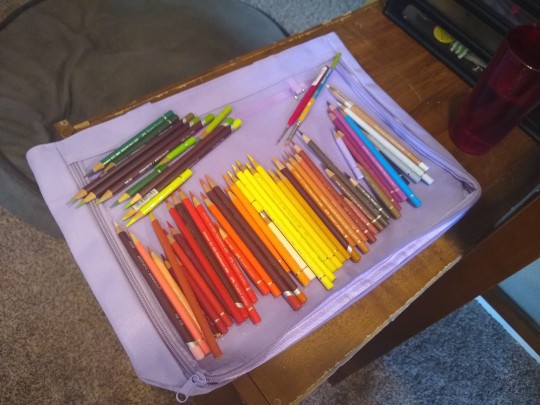
Next I pull out every single color I might hypothetically need and arrange them, then make a color test page in each media along the edge of some sketchbook paper since I'm working under different lights than usual.
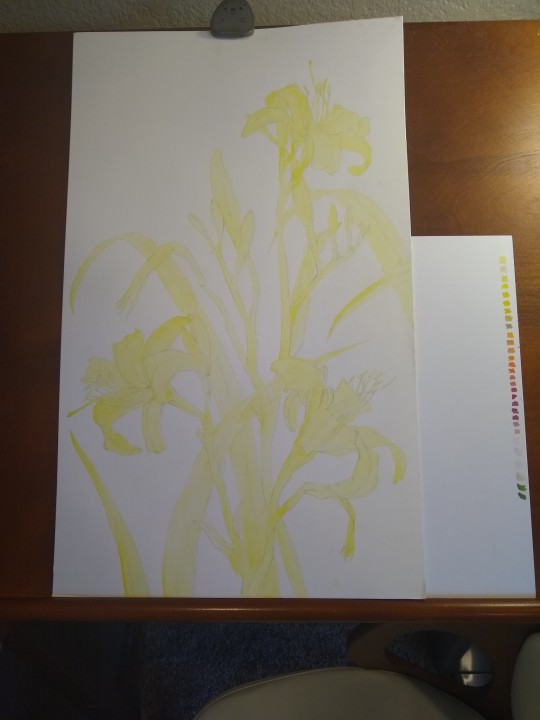
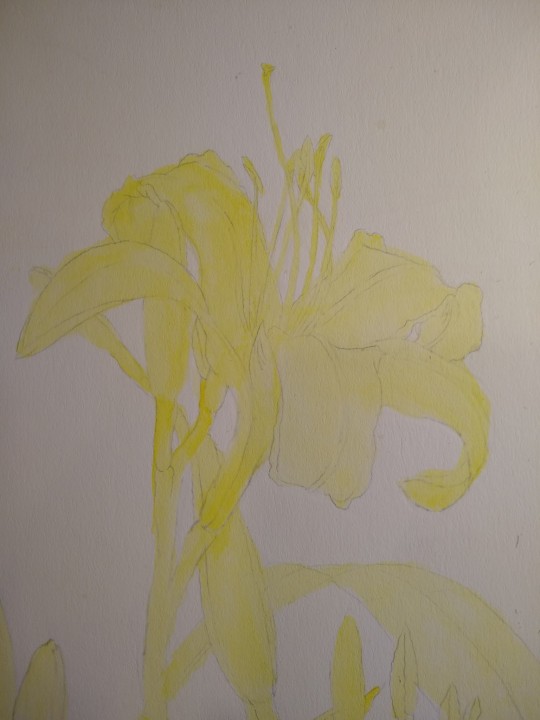
Color test page is set up for the marker layer, you can see the yellow wash already on the paper. It's acrylic, so ita never, ever coming up, but that's ok, I want that underpainting, because it makes coloring much faster and richer.
6K notes
·
View notes
Text
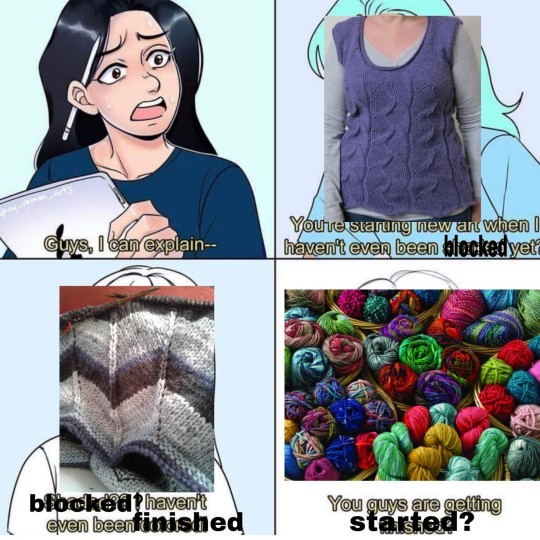
Original comic Artist is : @spicy_ramen_arts on Instagram
4K notes
·
View notes
Text
god damn it the person in the FB fabric destash group with the $5/yard Dear Stella horse print is a trump voter who works for liberty fucking university, and I didn’t realize until I looked at her profile to message her my shipping information
440 notes
·
View notes
Photo

I wanted to make some mini sweater ornaments, but even I have limits re: how tiny and fiddly a craft project I am willing to do. So I thrifted a lovely wool Fair Isle scarf, with enough holes in it that I didn’t feel guilty for cutting it up.
As you can see, I went through some variations before I got an assembly method I was happy with. but I have achieved tiny sweaters without having to hand-knit them, which is what counts.
124 notes
·
View notes

